View basket (0 items $0.00)
Error message
- Notice: unserialize(): Error at offset 5 of 154 bytes in variable_initialize() (line 1202 of /home/dh_6hcdc2/yogau.online/docroot/includes/bootstrap.inc).
- The file could not be created.
- The file could not be created.
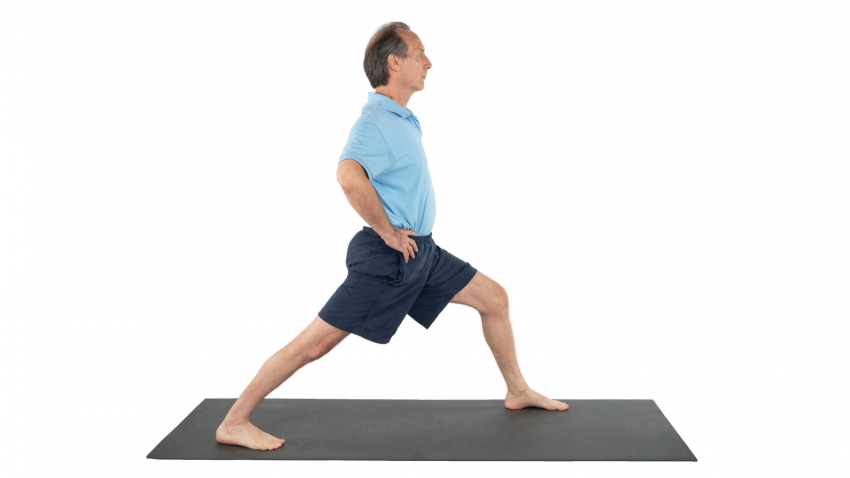
Yoga for Healthy Aging: 4 Basic Skills
I recently realized that I think about yoga for healthy aging every single day. This is not just because I’m the Editor-in-Chief of a blog with that name; it’s because this is my life. Many of the decisions I make about what to do each day are because I’d like to stay strong and independent for as long as possible.
Recently I took some walks with a younger woman, who is around 30, and her father, who was in his mid-60s. During the pandemic, the younger woman became discouraged about exercising and had decided that in addition to working remotely, she would just do comforting things, like watching tv. During that same period, her father, on the other hand, had been walking several miles a day, both to and from his office and after work with his wife.
Now he was out here visiting his daughter, who he hadn’t seen in months, and on our walks, his daughter was having a hard time keeping up with him! We all knew it wasn’t anything serious, and that now that she was more comfortable being outside, she’d regain her strength and endurance stronger quite quickly. But it was a powerful reminder of how quickly you can lose strength and endurance when you don’t exercise regularly. That’s why, along with meditating for 30 minutes a day because it’s something I know will always be there for me, no matter what happens, I continue to practice yoga for healthy aging to maintain my physical skills.
Independence is More than Self-Care
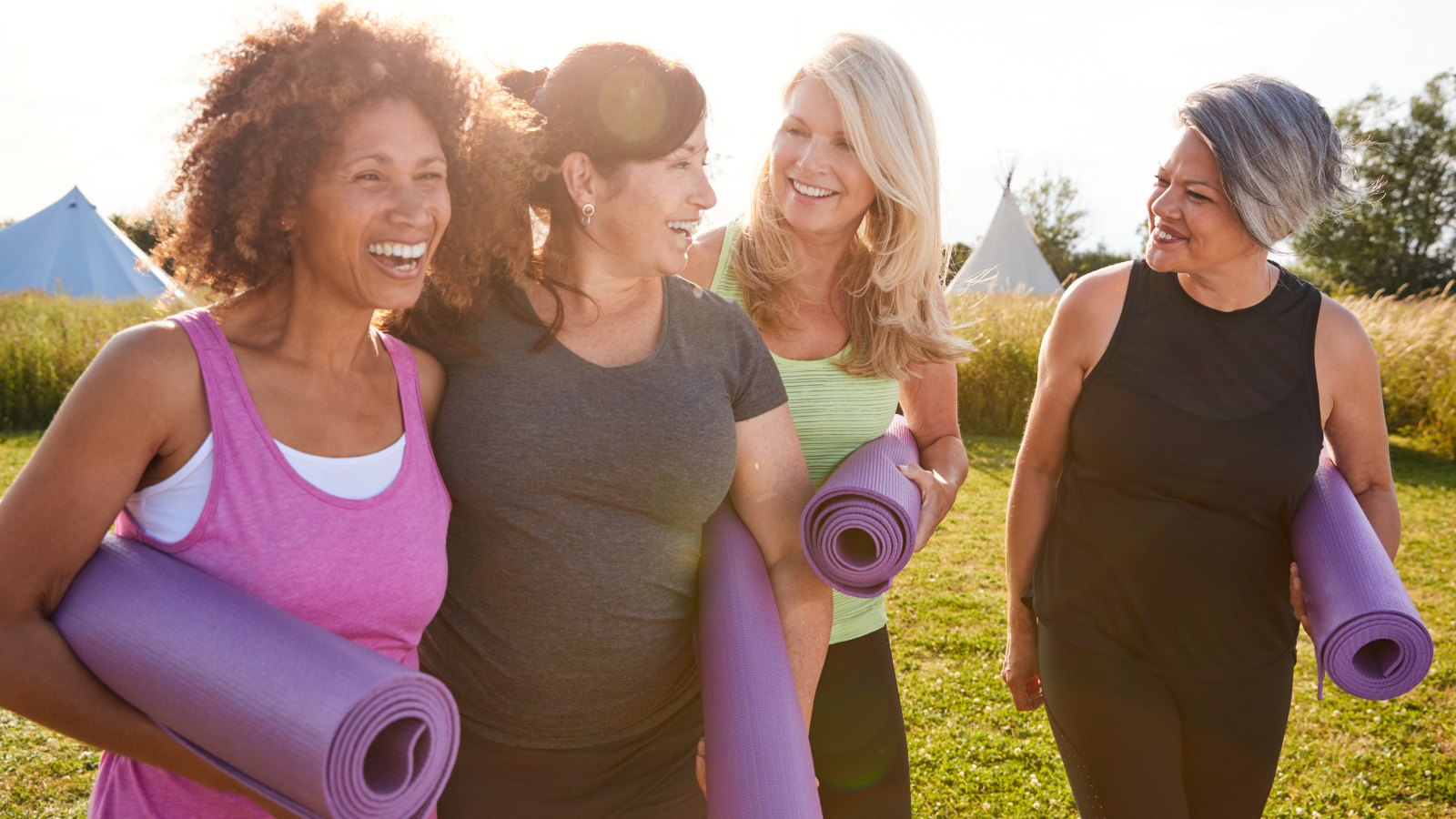
By the way, my idea of independence includes much more than the typical medical professionals focus on, which is just the basic daily self-care activities, such as dressing, going to the toilet, getting up and down from a chair, doing light housework, and so on. I also include the ability to continue to do the activities we love for as long as possible. While some of these things are activities that we think of as being primarily physical, such as cycling, hiking, doing construction projects, or gardening, they also include activities that get us out of the house and into the world, such as attending concerts and theatre, art exhibits, and poetry readings, or joining family and other social gatherings.
I also think that being independent means being able to continue doing the work that gives shape to our days and allow us to keep our intellects fully engaged, whether that means writing poetry or playing music, keeping up with a law or science career, or teaching in your area of expertise. Finally, I also included the ability to dedicate ourselves to a cause beyond ourselves, whether large, working to solve community or worldwide problems or advocating for a group of oppressed people, or small, such as caring for a family member or even a pet.
Yoga and the 4 Basic Skills for Healthy Aging
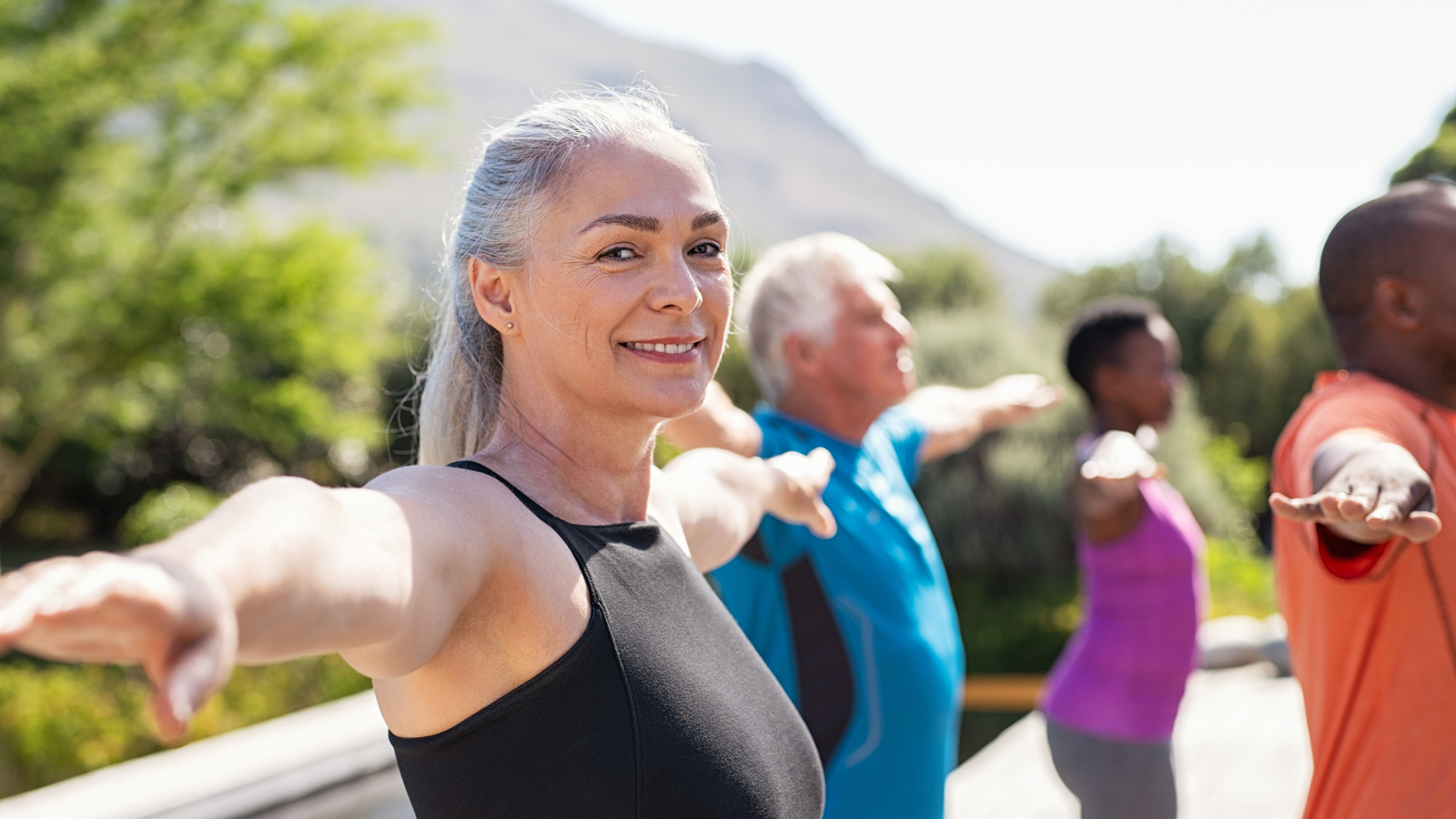
Obviously, if basic self-care is all you are physically capable of, you’re going to be missing out on many of these activities. That’s why for a truly independent life, you’ll need a combination of four basic physical skills: strength, flexibility, balance, and agility. And regular asana practice—even one that is modified over time—will help keep you able-bodied rather than sliding into the stiffness and weakness that results from a sedentary lifestyle.
Here’s an overview:
Strength: You need physical strength simply to get out of bed, stand well, and move about your home, community, or workspace easily, and carry what you need to take along with you. You need even more strength for more demanding physical practices, such as participating in athletic activities. You can use your asana practice to cultivate upper and lower body strength, core strength, and bone strength. Maintaining strength also helps you stay healthy, as maintaining muscle strength helps combat sarcopenia and promotes joint health, and maintaining bone strength helps combat osteopenia and osteoporosis.
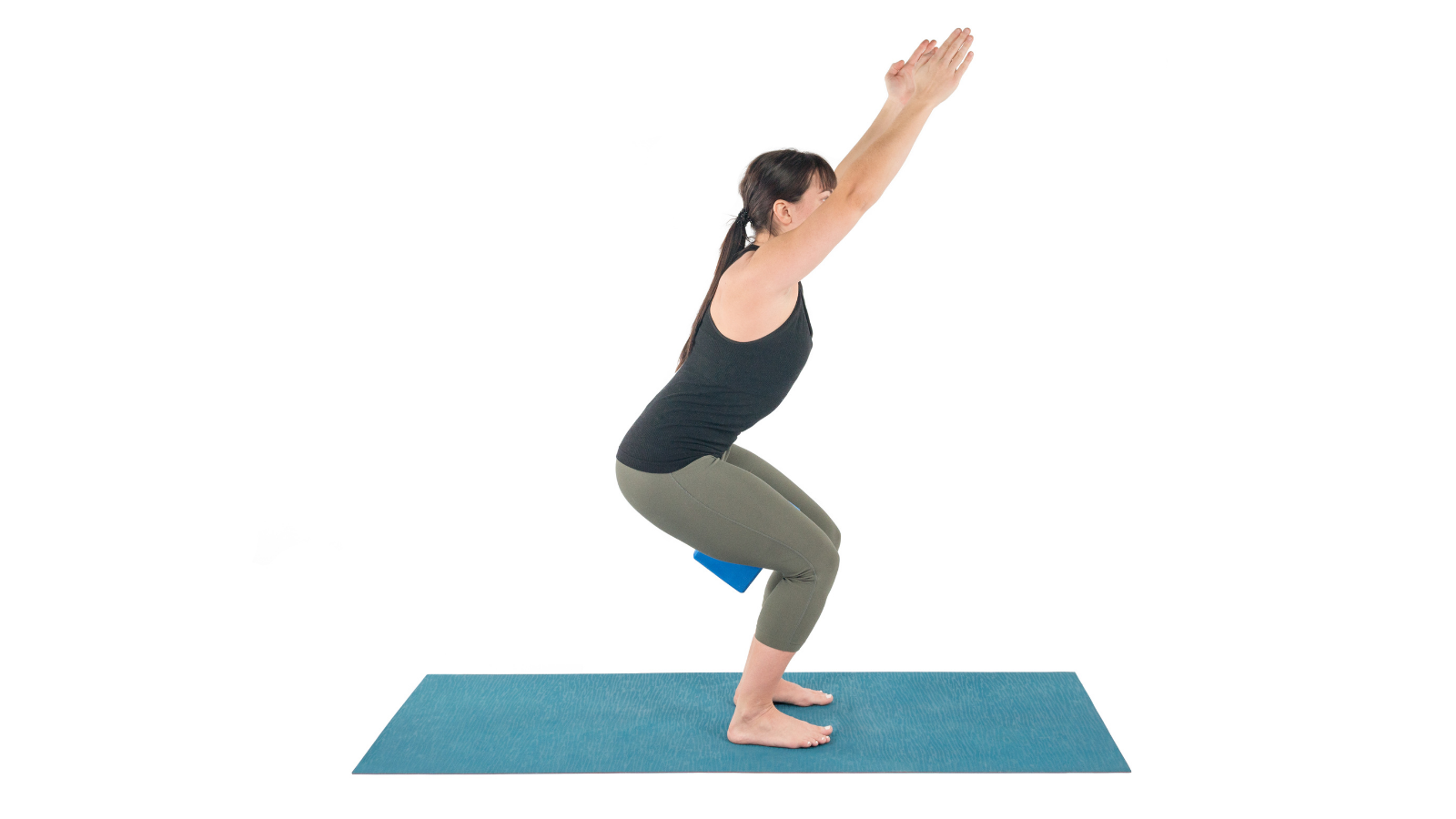
Flexibility: You need the flexibility to maintain the range of motion in your joints. This allows you to move your limbs and spine with ease so you can reach or twist as needed. Being flexible also helps you move smoothly and gracefully, rather than stiffly and awkwardly so that you can feel more confident in your body. Maintaining flexibility also helps you stay healthy, as flexibility preserves the range of motion in the joints, fostering joint health and improving arthritis symptoms. You can use your asana practice to cultivate flexibility in both your upper and lower body.
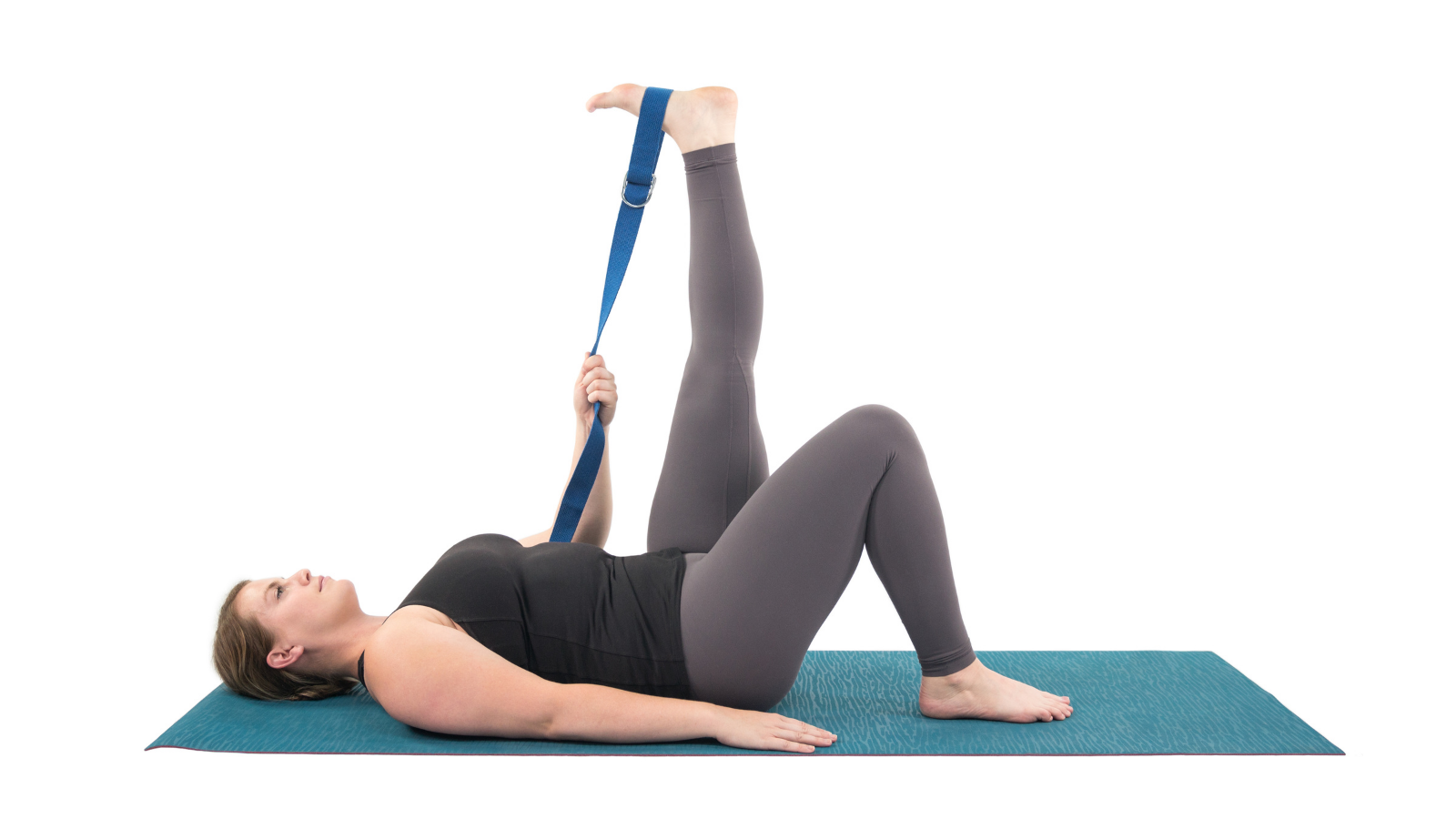
Balance: The ability to balance is crucial for preventing falls, a serious concern for older people. It also allows you to move easily over uneven surfaces, whether that’s a cobblestone street or a mountain path, and to walk up stairs. You can use your asana practice to cultivate several different aspects of balance, from increasing proprioception (your awareness of where your body is in space) to improving your ability to focus.
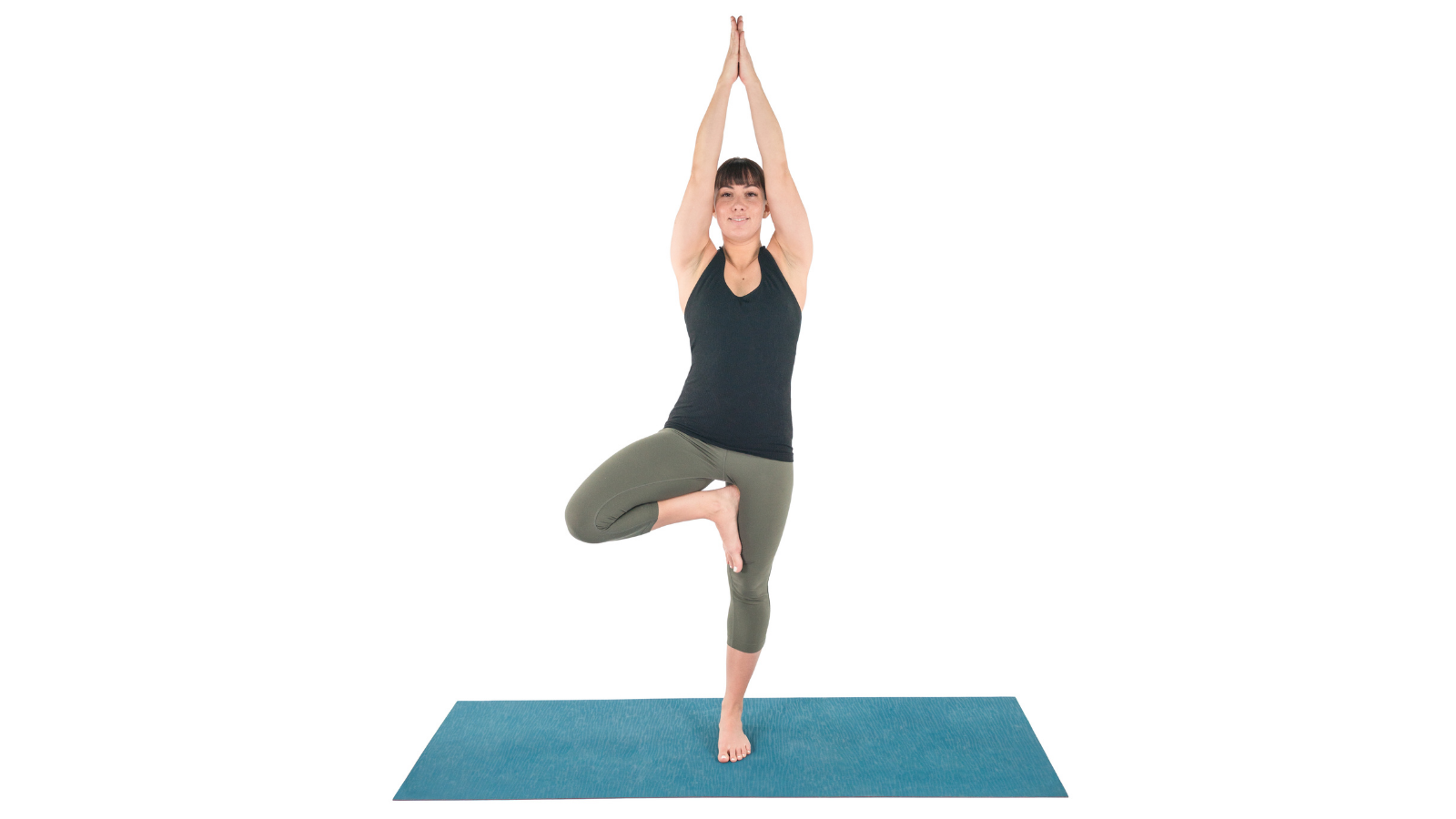
Agility: Maintaining agility increases your reaction time in the real world, preventing injuries and allowing you to participate in activities that require coordination and speed. Even something as simple as walking along a crowded city sidewalk requires agility. Have you ever walked through the streets of New York on a weekday, not to mention trying to dodge rude drivers? And, of course, skillful activities like dancing require even higher levels of agility. Moving in and out of your poses with your breath, linking poses together into simple or complex vinyasa, and working on transitions into and out of static poses all help foster agility.
Reprinted with permission from yogafortimesofchange.com
 Nina Zolotow, RYT 500, the author of the forthcoming book “Yoga for Times of Change” and the Editor-in-Chief of the Yoga for Healthy Aging blog, is both a yoga writer and a yoga teacher. She trained to be a yoga teacher at The Yoga Room in Berkeley, California, has studied yoga therapy with Shari Ser and Bonnie Maeda, and is especially influenced by the teachings of Donald Moyer. She also studied extensively with Rodney Yee and is inspired by the teachings of Patricia Walden on yoga for emotional healing. Her special area of expertise is yoga for emotional well-being (including yoga for stress, insomnia, depression, and anxiety). She teaches workshops and series classes on yoga for emotional well-being, stress management, better sleep, home practice, and cultivating equanimity.
Nina Zolotow, RYT 500, the author of the forthcoming book “Yoga for Times of Change” and the Editor-in-Chief of the Yoga for Healthy Aging blog, is both a yoga writer and a yoga teacher. She trained to be a yoga teacher at The Yoga Room in Berkeley, California, has studied yoga therapy with Shari Ser and Bonnie Maeda, and is especially influenced by the teachings of Donald Moyer. She also studied extensively with Rodney Yee and is inspired by the teachings of Patricia Walden on yoga for emotional healing. Her special area of expertise is yoga for emotional well-being (including yoga for stress, insomnia, depression, and anxiety). She teaches workshops and series classes on yoga for emotional well-being, stress management, better sleep, home practice, and cultivating equanimity.
Nina is the co-author with Baxter Bell of Yoga for Healthy Aging: A Guide to Lifelong Well-Being and co-author with Rodney Yee of Yoga: The Poetry of the Body (with its companion 50 Card Practice Deck) and Moving Toward Balance. She is also the author of numerous articles on yoga and alternative medicine.
Featured Courses










